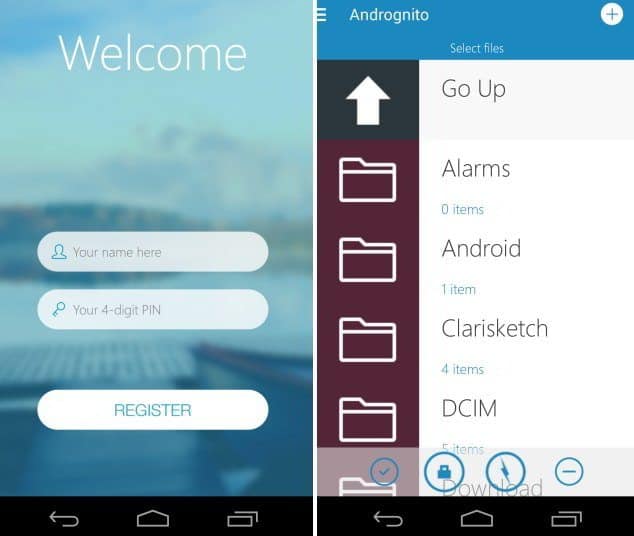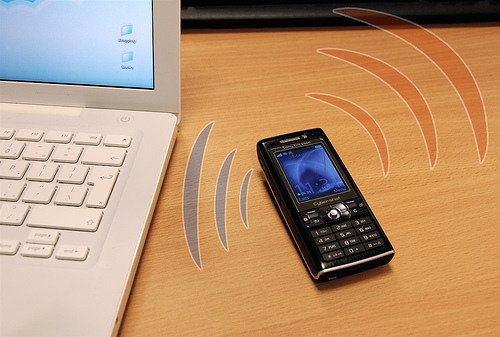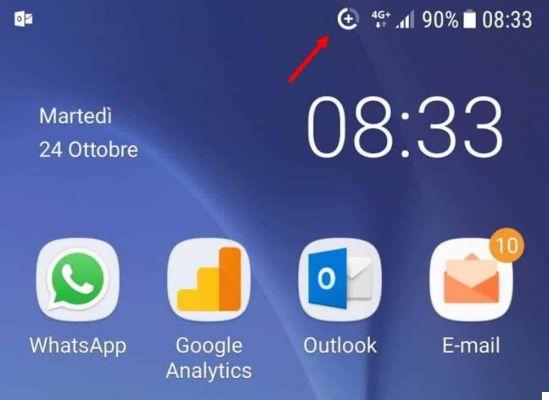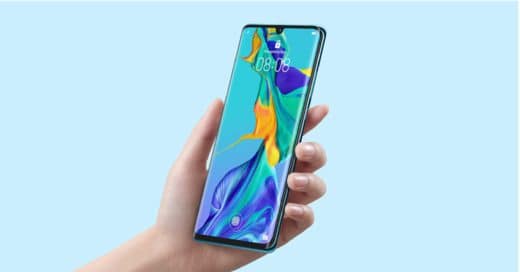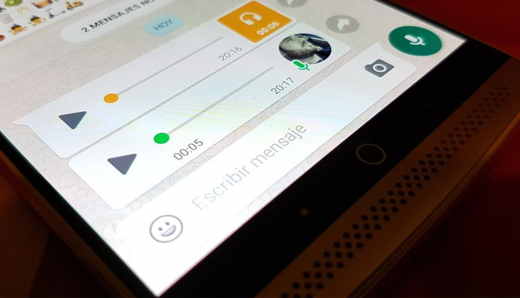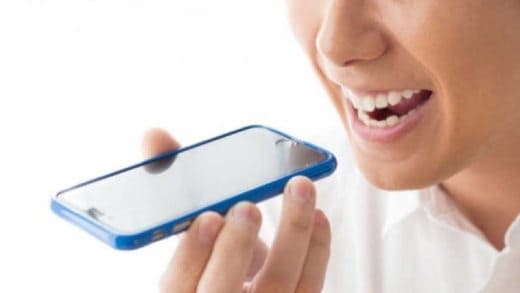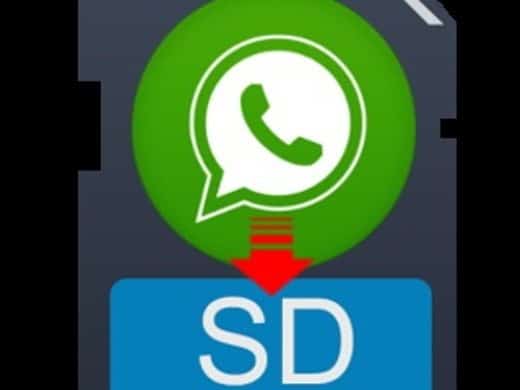With the advent of recent smartphones such as Samsung Galaxy S3 and the iPhone 4s le Micro SIM have taken the place of traditional SIM, for years used in all mobile phones. The advantages for producers are naturally obvious: more space for other components e possibility to reduce the thickness of the phone.
Micro SIMs measure 15 x 12 millimeters, so they are definitely smaller than normal SIMs which measure 25 x 14 mm. The SIM (Subscriber Identity Module) chip present on the cards is, however, identical for both versions.
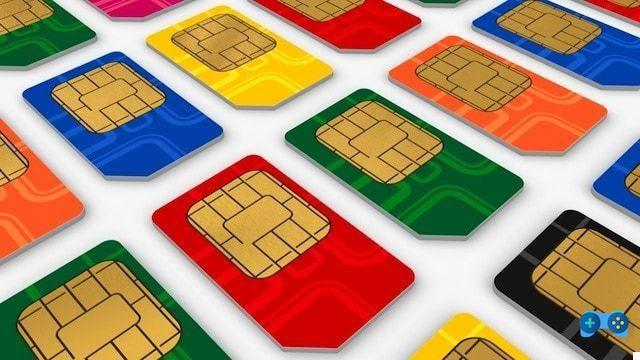
This chip, smaller than a fingernail, identifies the mobile phone on the mobile network and can also contain data such as the address book. The golden part is the one that is placed on the pins of the phone and outlines the area occupied by the chip. Since the traditional SIM is larger, as it has a little more plastic, the first buyers of the iPhone 4 have armed themselves with courage and with some cuts they have eliminated all the superfluous from their SIM to transform it into Micro SIM. The only drawback of this solution DIY it is the one that once the traditional SIM has been cut it will not be possible to reuse it in the smartphone equipped with a standard SIM reader.
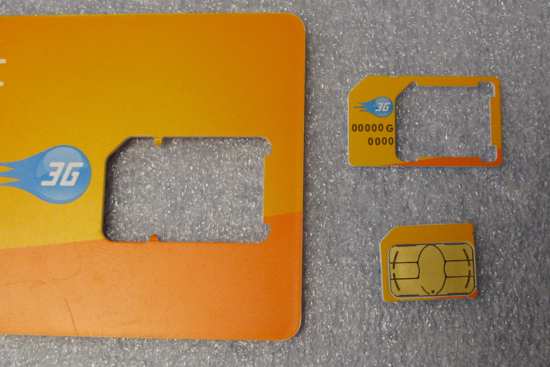
Whoever buys a new SIM from telephone operators today receives one that can work both as a SIM and as a Micro SIM. In this case the user can detach the Micro SIM and keep the rest, which can be reused as an adapter if you need to insert it into a phone with a standard SIM reader.
If, on the other hand, you already have a traditional SIM and want to change it to a Micro SIM without spending money, you can get it with three solutions:
- Contract renewal: if your contract is about to expire, you can ask your operator to change your SIM card at the next renewal. This is usually free and allows you to keep your phone number.
- SIM replacement: the replacement of the SIM can be requested at any time, but it is usually a paid operation and costs more for subscriptions than for prepaid ones. In any case, it may happen that in the shops of the operators the change is made free of charge.
- DIY Method: if your operator asks you for money for the replacement, you can try to cut out the SIM by eliminating the unnecessary plastic to transform it into a perfect Micro SIM. Of course, it must be done with care, avoiding damaging the golden chip (always leave a thin border around it, to be finished later with a nail file). If things unfortunately go for the worse, you can always request a replacement card without losing the number.
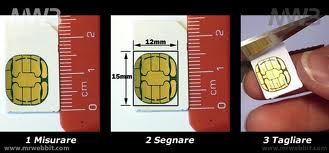
As we said before, the replacement of the SIM has a cost, let's see for each Telephone operator how much is the replacement cost:
- Vodafone: the replacement is free, but if you are the owner of an old 8K, 32K or 64K SIM you will first have to request the switch to a 128K SIM and this is for a fee.
- Tim: the replacement is subject to a fee. You can do it in any Telecom Mobile shop at a cost of € 10 by presenting a valid identification document that certifies that the card to be replaced is actually yours.
- Wind: as for the Tim, also for the Wind the replacement is subject to a fee (10 €). However, it is possible to keep your own telephone number.
If you buy a smartphone from telephone operators you will receive the right SIM, but if you buy it in a store you will have to get it yourself, so here is a list of all manufacturers and devices with Micro SIM:
- Acer: CloudMobile
- Apple: iPhone / iPhone 4S
- HTC: One S / One X / One XL
- Motorola: Razr / Razr MAXX
- Nokia: Lumia 610 / Lumia 710 / Lumia 800 / Lumia 900 / PureView 808
- Panasonic: Eluga
- Samsung: Galaxy i9300 S3
- Sony: Xperia S / Xperia P / Xperia ion
Here is a simple video with steps to follow on how to cut a standard SIM card into the Micro SIM format:
Deprecated: Automatic conversion of false to array is deprecated in /home/soultricks.com/htdocs/php/post.php on line 606




